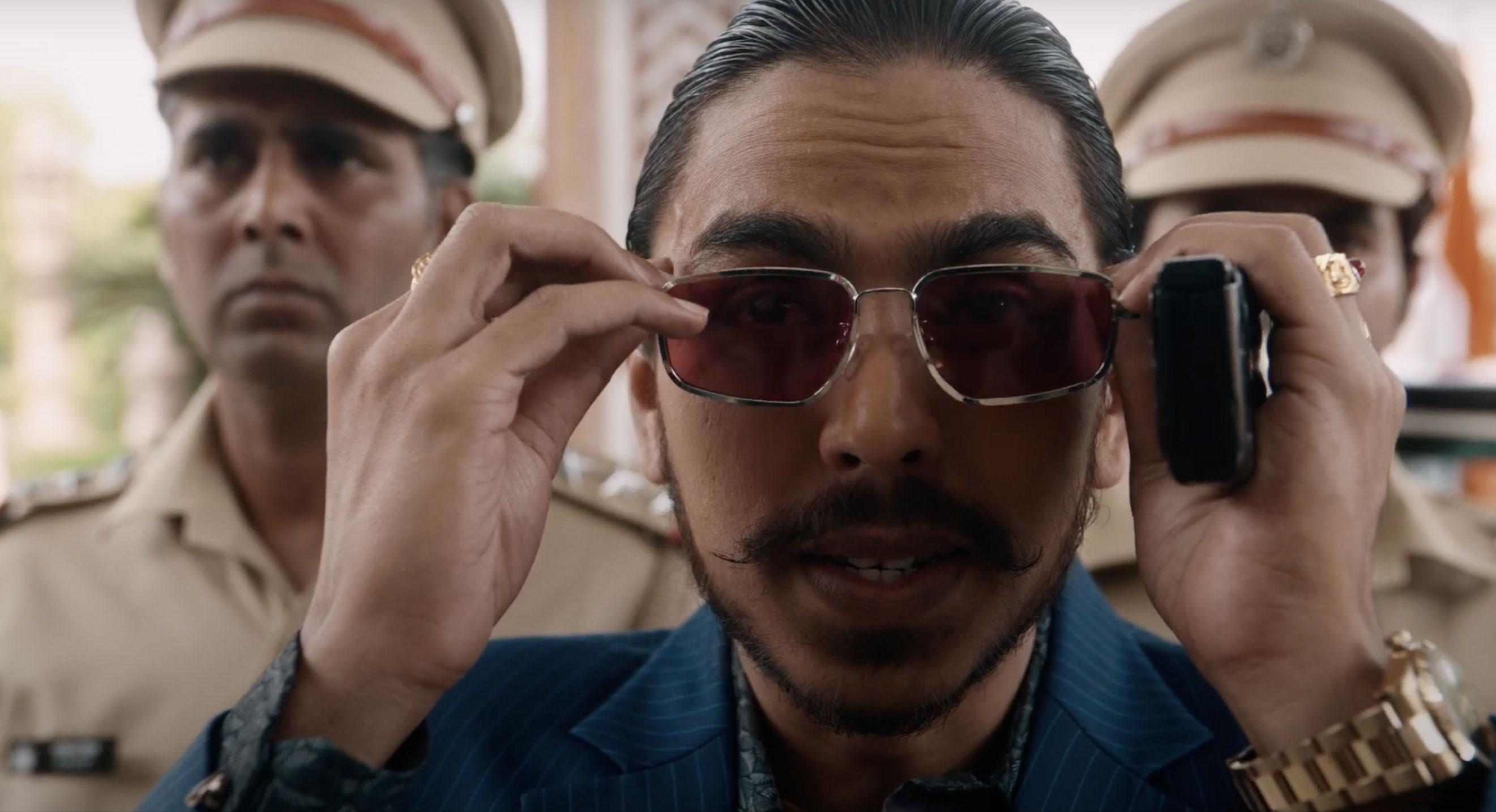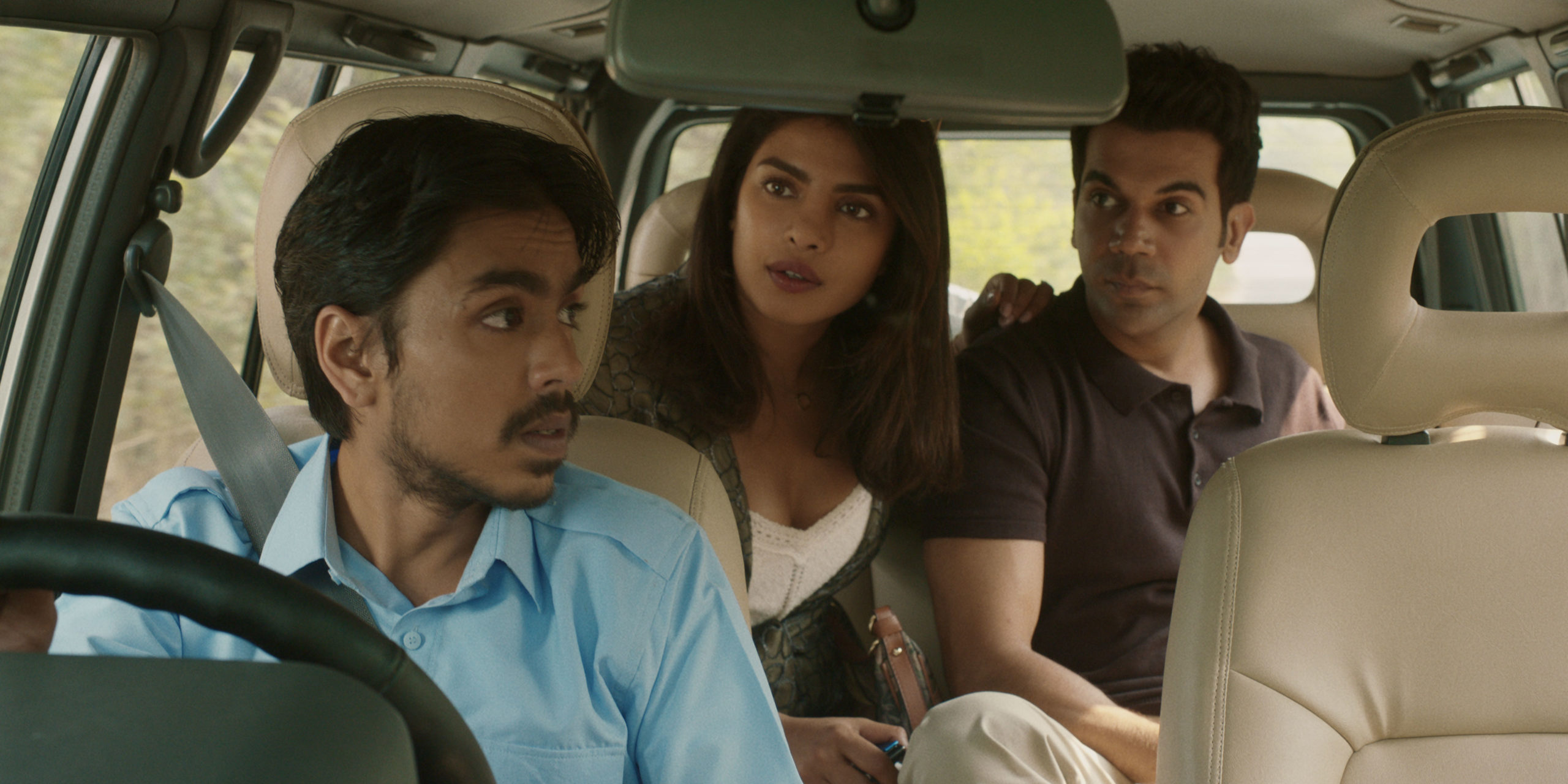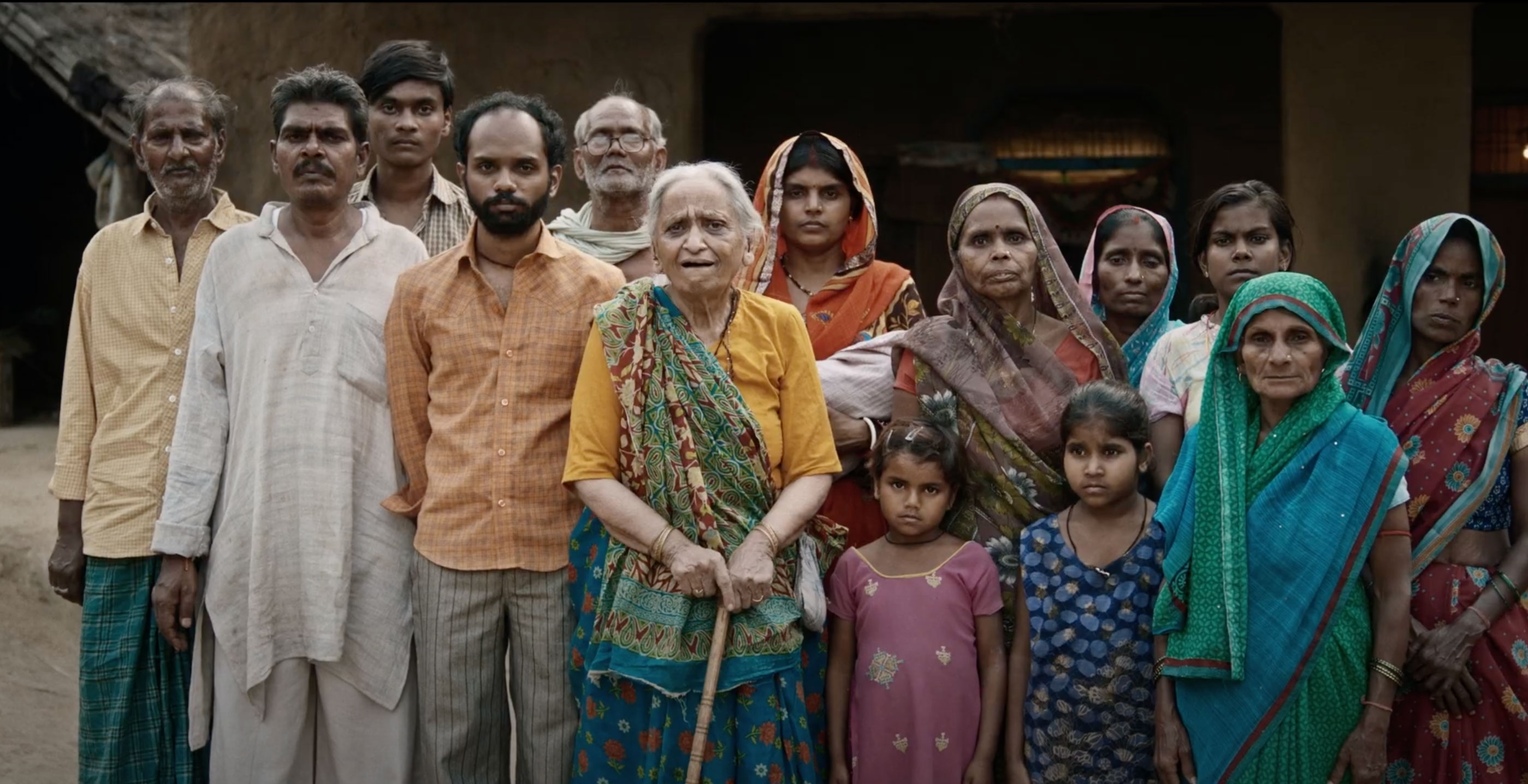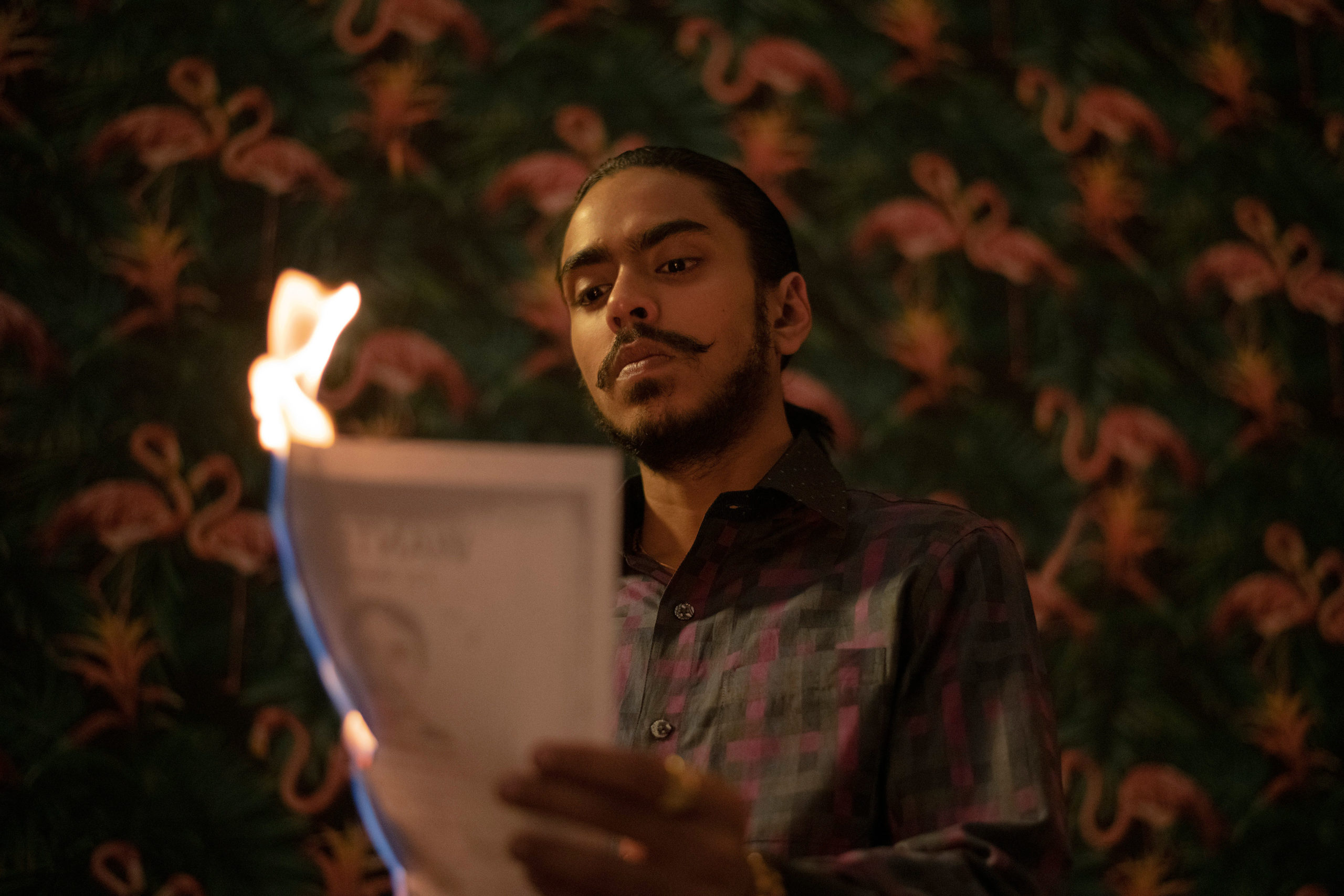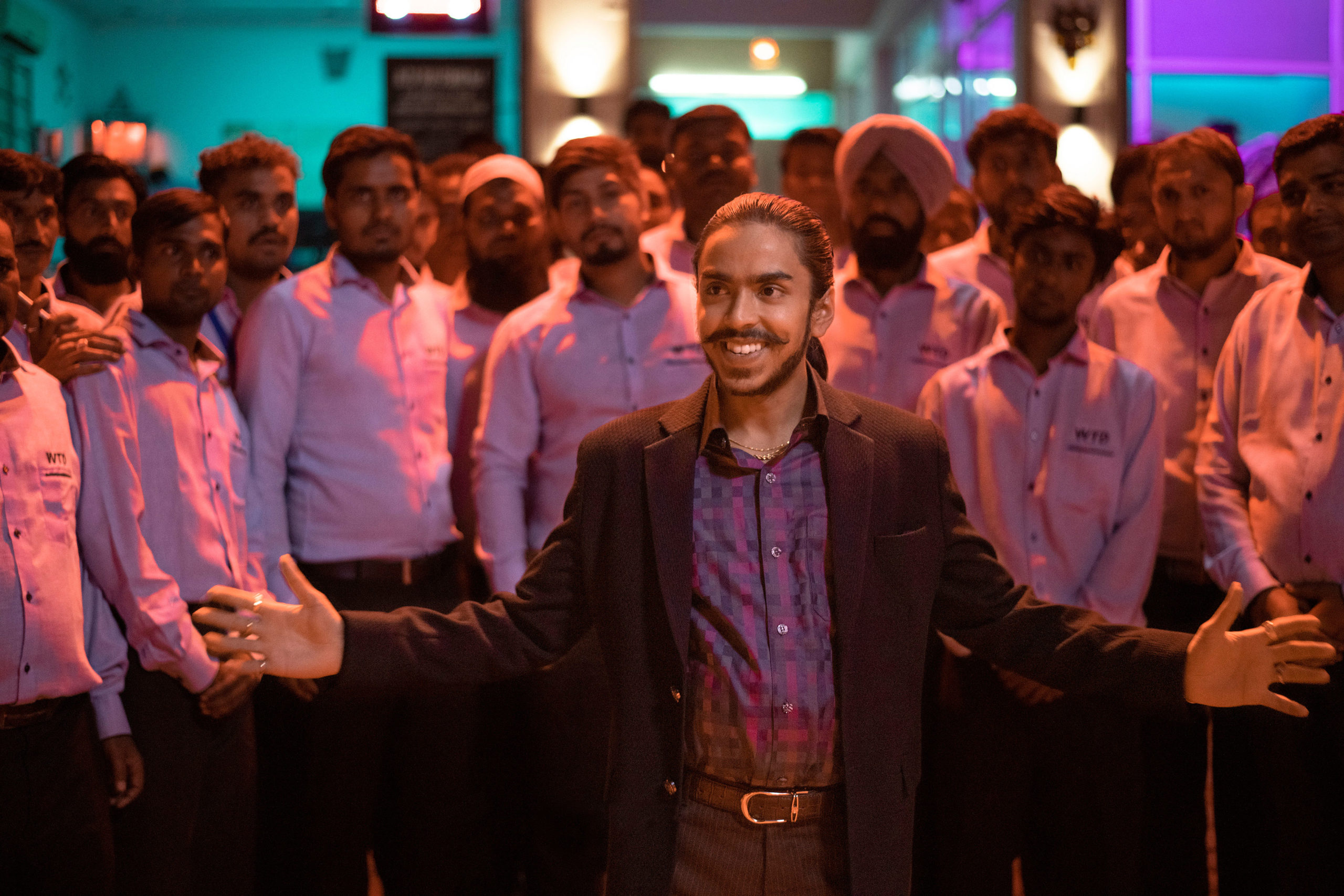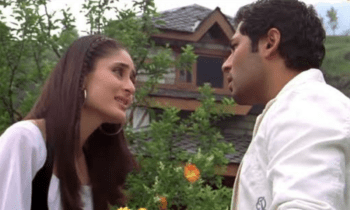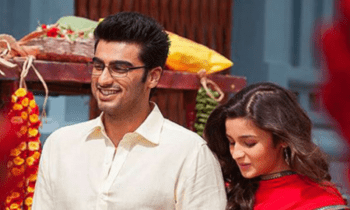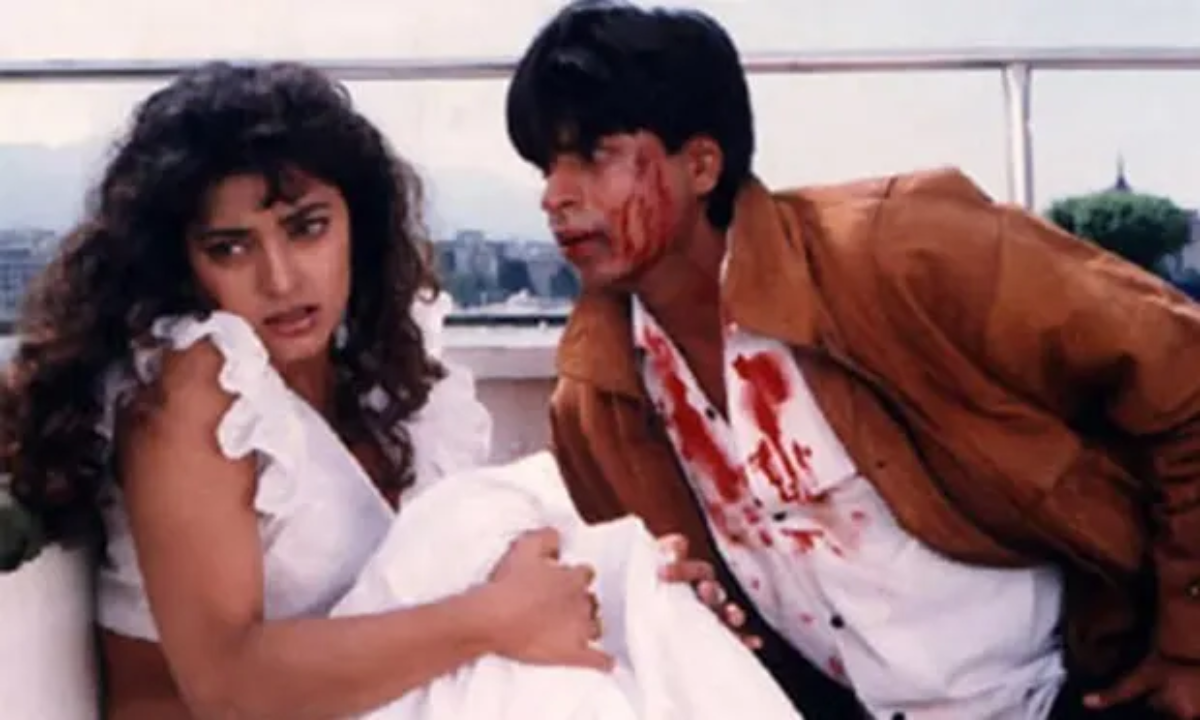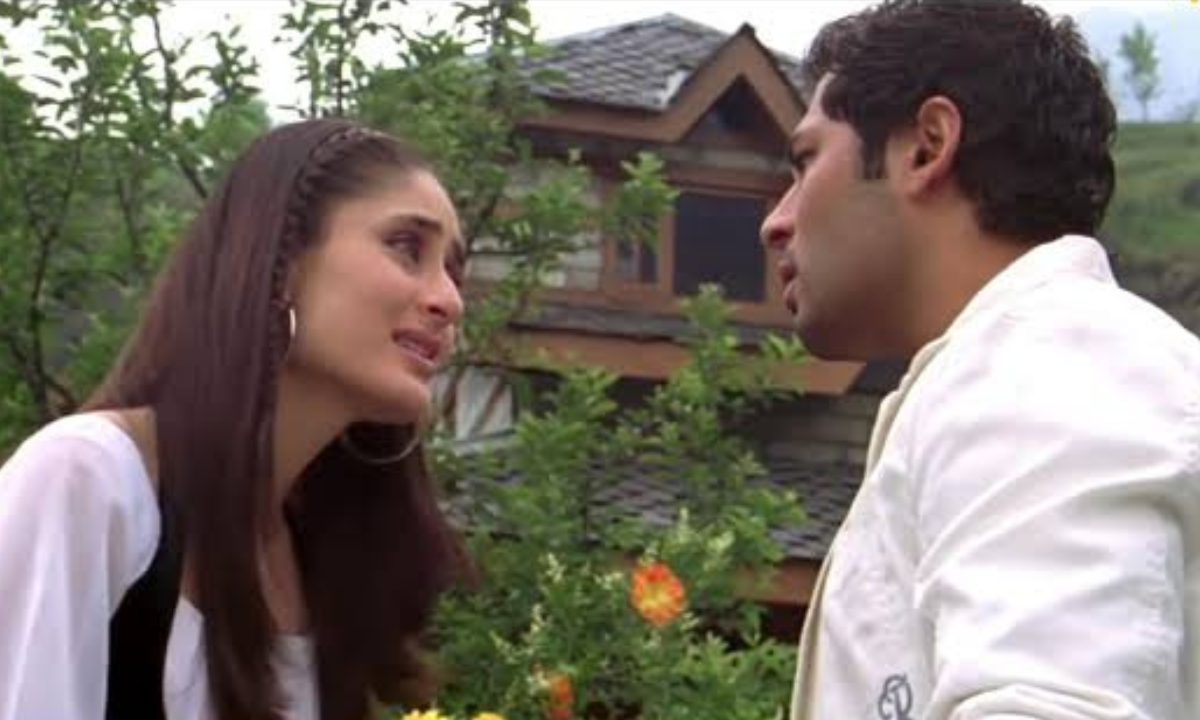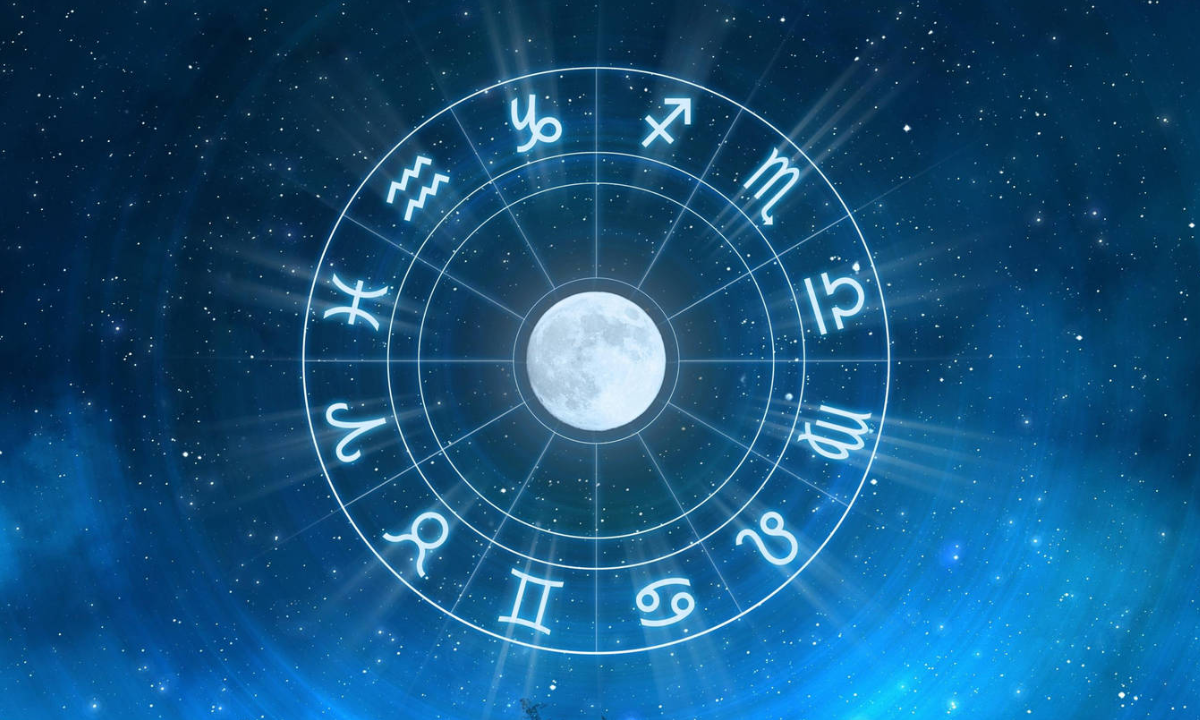The White Tiger Review: Adarsh Gourav Roars In A Gripping, Eviscerating Satire About India’s Predatory Class Struggle

Why be a slumdog covered in shit when you can be a tiger and roll in money? I hadn’t read Aravind Adiga’s Man Booker Prize-winning novel The White Tiger, and I saw it as an advantage. Because reading and loving Vikas Swarup’s Q&A before watching Slumdog Millionaire made me quite pissed. I couldn’t understand why the world loved so much a film that botched the story, glorified poverty porn and put the idea in our heads that you could trump the class struggle by winning a game show. Adiga’s book, I had heard, was the exact opposite of this. And I loved that in the film adaptation, director Ramin Bahrani does not miss mocking this notion. The White Tiger stars Adarsh Gourav, Rajkummar Rao, Priyanka Chopra Jonas (also a producer), Mahesh Manjrekar, Vijay Maurya, Nalneesh Neel and Swarup Sampat.
The screenplay is by the Iranian-American director himself, who, for those not aware, is Adiga’s close friend. In fact, other than Bahrani’s filmography that has tackled these themes before with acclaim, the other big reason why he was the apt choice to direct is that Adiga dedicated the novel to him. I mean, if I had a novel dedicated to me, I’d read it cover-to-cover and know it extremely well. And wouldn’t that help me tremendously while writing the screenplay!
And indeed, it is Bahrani’s gripping screenplay, supplemented by cinematographer Paolo Carnera’s shots that speak volumes through visuals, and elevated by the editing of three-time Emmy nominee Tim Streeto that give the film its biting teeth. But it would be just any other animal had it not been for newcomer Adarsh Gourav’s brilliant act that gives the The White Tiger his majestic stripes!
Also Read: 5 Thoughts I Had While Watching The White Tiger Trailer. Love Priyanka Chopra, The Actor, But She’s Doing Brilliant As A Producer Too
The White Tiger Is an eviscerating satire that works despite and because of its over-the-top narrator
The film begins with Adarsh Gourav’s Balram Halwai writing an email to the Chinese Premiere who is visiting India to learn from Indian entrepreneurs. In an effort to impress him into a meeting, he launches into telling his own entrepreneurial success story by dropping one of my favourite truth bombs. “It’s an ancient and venerated custom of my people to start a story by praying to a higher power. So I, too, should start off by kissing some god’s foot.”
Now this could either mean he is pious or if you get subtext, it could tell you how the only way for someone of his economic and social standing to rise up in society is by servitude to the rich and affluent. He says it as cheekily as possible, and it is in this opening monologue of his, right before he pulls us back from his present self to his origin story, that you realise two things about him.
One, he’s going to be a narrator who talks in the most dramatic of flexes; And two, you’re going to enjoy every minute of this self-assured gyaan which is anything about subtle. The tale begins like any rags-to-riches story, where Balram, in a small village of Laxmangarh, is told by his teacher that he is like the born-once-in-a-generation white tiger. But before he can dwell on his magnificence, he’s jolted back to reality by his circumstances, removed from school and forced to work as a child labourer in the local tea shop. The tiger is gone, behold the rooster.
Much like George Orwell’s Animal Farm or a regular Rudyard Kipling outing, Adiga’s novel is full of allegories from the animal kingdom, with characters often designated as animals for their behaviours. So a lot of Balram’s monologues might feel heavily reliant on the audience’s love for this metaphorical storytelling. It adds the pomp and drama to the narration, and if often riddled with clichés. But think about it, that’s how our country is, isn’t it? Me, I thought this narration just added to appeal!
The rooster coop analogy is one that Balram favours to describe India’s ‘servant class’: all cooped up, waiting to have their heads chopped, unless they can escape. But do they even want to escape, is the real question. Maybe servitude is all they can do, because they lack the awakening that is needed to get out. Balram, too, believes only servitude is his way out, and works hard to get employed in the city, at the home of the very landlord who’s oppression took his father’s life.
Balram says there’s a dual India—an India of light and an India of darkness. And at first, he thinks that working for the youngest, America-return son of his landlord is his way of escaping this darkness.
For him, the driver’s quarters are freedom, and he doesn’t mind doing anything he has to to keep this freedom. He holds on to Ashok Sir and his Christian, Brooklyn-raised wife Pinky Madam, with dear life, as they move to Delhi, doing everything from cooking for them to cosplaying as a Maharaja. Because even if they are condescending towards him as most rich people are towards the poor they treat as charity cases, he’ll take that over returning to his village any day.
However, one fateful incident suddenly cracks his worldview. And the light he sees pouring in makes him realise that he never left the darkness, not really. The door of his rooster coop was always open, but he never escaped because he was happy being low on the food chain. As days pass, the suppressed urge to become the apex predator, the white tiger that he was told he is, nags him and takes control of his psyche. And then, the tiger leaps for an attack.
Understanding these metaphors and allegories are massively important, because they, along with the actors body language, and visual storytelling, are what the film and immersive experience into the animal kingdom of humans.
Also Read: Priyanka Chopra Jonas Talks About How Racist Bullying In High School Shattered Her Confidence And Left Her Feeling Insecure
The predatory nature of India’s class struggle is much better depicted here than in Slumdog Millionaire
Okay, sure, I know that they are two different stories about two different kinds of protagonists. But you cannot deny that the British Oscar winner spectacle invests more in portraying the India as the West sees it. There’s heaps of poverty porn, and this romanticisation of the Great Indian Dream—koi too jugaad chalega, kabhi toh lottery lagegi, sheher mein apna bhi sitara chamkega! And somewhere, there’s this underlying ideal that money is important but it cannot buy happiness.
The White Tiger on the other hand, shits on that notion. It is more realistic, more closer to the cutthroat nature of the Indian class struggle. And despite that, it doesn’t take itself too seriously. There’s absolutely no speck of light in this Bahrani’s adaptation, as he shows Balram’s ascension which is actually a descend but also not. The White Tiger is laden with dark humour not just in its writing but also in it visuals—the framing of shots, the skies that are never bright enough, and how the most dangerous thoughts make their way in the dark of the night.
Thankfully, there’s no yellow-orange-sepia portrayals of India. This is India how you and I see it in our cameras too. And yet, the class divide is carefully brought out by things like subterranean living quarters for servant quarters in posh Delhi residences that loudly scream nouveau rich, with their blingy lights and OTT decor. The poor are farting, not brushing their teeth, scratching their crotches and sitting on floors, and cleaning up their master’s crap. The rich are buying expensive air fresheners and asking their servants why they are so filthy. Even the music that’s used throughout the film are songs that the rich will dance to in the nightclubs and blast in their cars, but still snobbishly trash it when up against Western music. While the poor will make TikTok videos on them, and see them as aspiration and a mark of class.
But mind you, none of that is poverty porn; it’s dripping in satirical subtext. So much that at one point Pinky points out to Ashok that he’s being a tactless jerk, and he brusher her aside, playing the perfect white saviour.
One of the best parts about The White Tiger is, it doesn’t show the rich as one extreme and the poor as one, so that you can easily make up your mind on who to sympathise with. It’s going to make it very hard for ya! Take Balram’s granny, for example, who is both bogged down by the patriarchy, but also turned into a misogynist that reverse-exploits the men in her family for the sake of her survival. Ashok tries hard to not be the son of a zamindar. He wants to be the guy that changes his country, he wants to raise the lower class to the middle class. At one point, he even tells Balram to not call him sir, because they’re friends here. But ultimately, he is an Indian-bred, and doomed to reinforce the same class divide because that’s his familial identity.
Pinky, in fact, reminded me of so many NRIs that I have met. They accord dignity to the people who work for them, and want them to escape the ‘rooster coop’. But even they can sometimes be lured into the custom of ‘Us vs Them’, and it takes great strength of character to pull oneself back and not conform to it. But more than Ashok, you detest people like her, because they’re the ones who show the Balrams the light and then thrust them back into the darkness.
“Do we hate our masters behind a façade of love? Or do we love our masters behind a façade of hate?” asks Balram at one point. And I loved his splendid duality—both naïve and Machiavellian, content and hungry, servant to his class and master of his destiny, prey and predator. Through all these characters is sent a very clear cut message—In India, there’s only two ways you can rise up—you either kill or be killed.
When the film begins, Balram in his email to the Chinese premiere says that America has lost its edge, because it has wasted its time on phones and other contraptions that’ve made them lazy. It is now the time of the brown man (Indians) and the yellow man (Chinese) to knock the white man off the top of the food chain. And once awakened, they’re clearly ruthless. God save everyone else.
Everyone’s acted well, but The White Tiger is Adarsh Gourav’s film through and through
I hadn’t even reached the halfway point when I knew that I had become an Adarsh Gourav fan already. I was mighty impressed by how Rajkummar Rao had nailed the Amrika-return demeanour and accent, down to the missing end sound of words. And Priyanka Chopra Jonas made you see the woke American Indian woman who’s bold, confident and doesn’t play by anyone’s rules instantly; the part was perfect for her and she played it so well. You hated Vitiligo for how crass and bullying he was, and you felt hat kick from Mahesh Manjrekar’s Stork and the slap at Vijay Maura’s hands and tongue. But at no point did any of it distract you from the captivating performance of Adarsh Gourav.
Back again to the animal kingdom metaphors, I often thought the characters’ body languages reminded me of certain animals. And my Lion King loving brain couldn’t help but compare, of course. And in Adarsh Gourav, I saw those clearly. The scene where he examines his teeth; opens his eyes slowly, even the scene where he commits the act that completes his predatory metamorphosis, he acts with the swift precision of a tiger hunting his prey.
I hope to see more of him on screen, because he truly is the White Tiger kind of an actor, that emerges once in a while to thrill the audience with his debut lead act.
Verdict
I’m docking that one point for two things. While Balram’s narration is entertaining, I did wish in some places, especially the scenes where he is descending into his psychosis, that it was more show and not just tell. Because these things were ‘said’ and not ‘shown’ as much, it sometimes felt a little rushed.
The second thing, is the ending. I like that statement that it made—you think you’ve fled the rooster coop, and become the predator. The servant has become the master. But you forget that it’s still a cage, a gilded one perhaps, but still a cage. And as a master, you face the same threat as yours did. But I just wanted to see some more of Balram’s ascension and the hurdles he faced. Of course, I haven’t read the book, which has on pages the liberty to give us a better insight into his mindset at that point. Perhaps the storytelling was so gripping that I was left wanting a little more than what was on the plate.
All in all, Ramin Bahrani does a pretty great job of bringing The White Tiger to life, powered by Adarsh Gourav’s rousing act. It’s the kind of satirical commentary that could give you hope, but the eviscerating dark comedy that it is, it snatches that hope like a rug from right under your feet. It has the subtlety of a car crash—where you think the light at the end of the tunnel is help, but it’s actually headlights of another vehicle running towards you at full speed. More importantly, it portrays India’s predatory class struggle as more ouroboros than a bottom and top. Because that is truly what this country is about. Slumdog fans, take a look.
PS: ‘Jungle Mantra’ by DIVINE, Vince Staples, and Pusha Tin, with music by Karan Kanchan, in the end credits is FIRE!
The White Tiger is streaming on Netflix.
https://thehauterfly.com/culture-2/walker-review-by-supernatural-fan-jared-padalecki/





